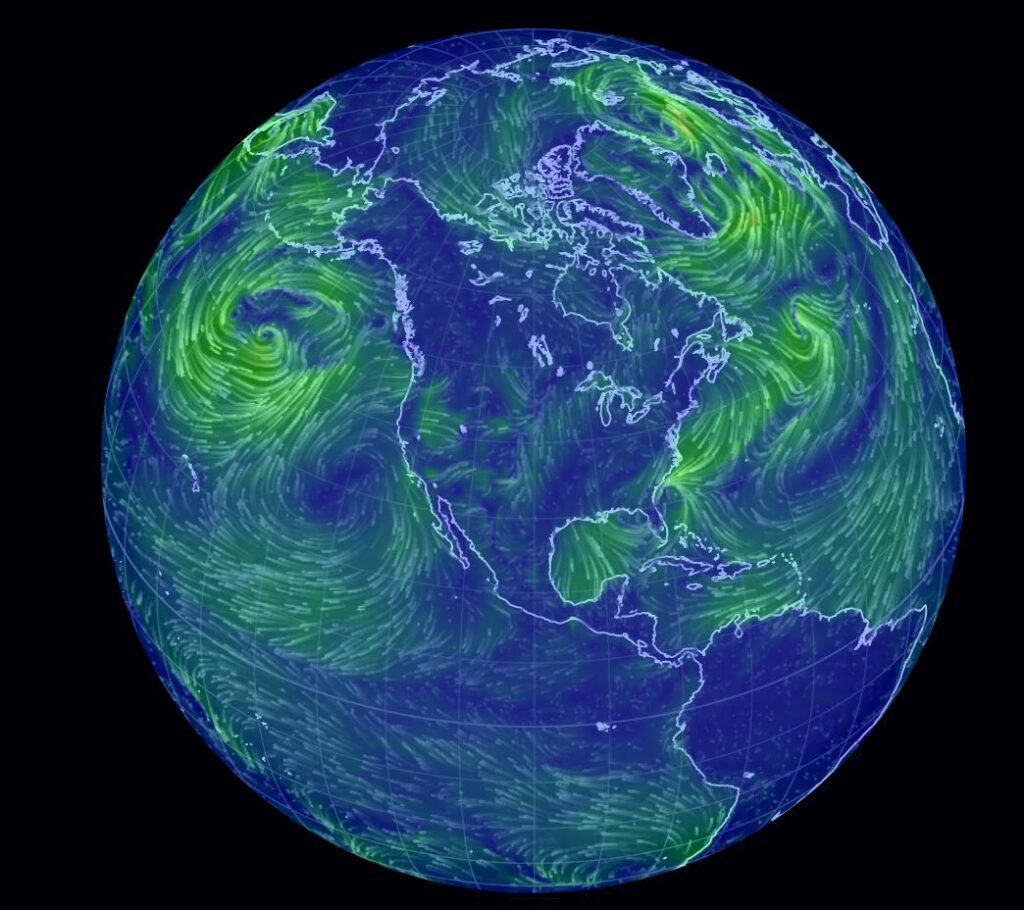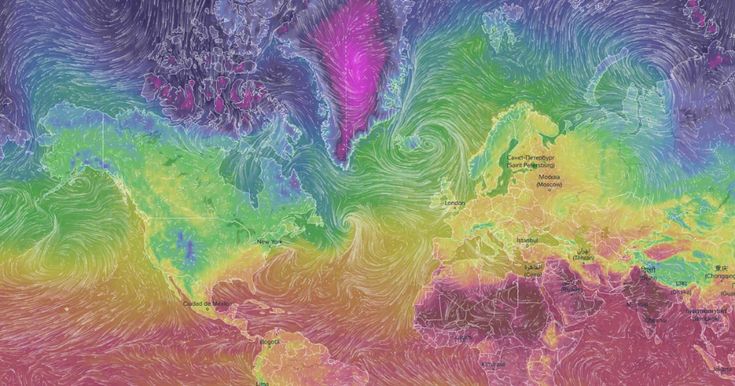World weather patterns are incredibly diverse and complex, influenced by a multitude of factors such as geography, atmospheric circulation, and ocean currents. In this article, we delve into the fascinating world of weather patterns, exploring their mechanisms and impacts on global climate.
The Role of Landforms and Bodies of Water
The Earth’s varied topography plays a crucial role in shaping weather patterns around the globe. Mountain ranges, for example, can act as barriers to prevailing winds, causing air to rise and cool, leading to the formation of clouds and precipitation on windward slopes. Similarly, large bodies of water, such as oceans and seas, can moderate temperatures and create maritime climates characterized by mild winters and cool summers.
The Engine Driving Weather Patterns
Atmospheric circulation, driven by the differential heating of the Earth’s surface, is another key factor shaping world weather patterns. The movement of air masses from high-pressure to low-pressure areas results in the formation of wind patterns, such as the trade winds and westerlies, which play a critical role in transporting heat and moisture across the globe. These global wind systems, combined with the Coriolis effect, contribute to the development of distinct weather patterns in different regions.

The Impact of Ocean Currents on Climate
Ocean currents, driven by factors such as temperature gradients, wind patterns, and the Earth’s rotation, also play a significant role in shaping world weather patterns. Warm ocean currents, such as the Gulf Stream, can transport heat from the equator towards the poles, influencing temperature and precipitation patterns in coastal regions. Conversely, cold ocean currents can have a cooling effect on nearby landmasses, affecting climate and weather conditions.
The Dynamic Nature of Weather Patterns
Weather patterns exhibit significant seasonal variability, with changes in temperature, precipitation, and atmospheric circulation occurring throughout the year. Factors such as the tilt of the Earth’s axis and its orbit around the sun contribute to the changing seasons, influencing weather patterns on both global and regional scales. Understanding these seasonal variations is essential for predicting weather patterns and mitigating the impacts of extreme weather events.
Altering Weather Patterns
The phenomenon of climate change is causing significant shifts in world weather patterns, leading to more frequent and intense extreme weather events. Rising global temperatures are disrupting established weather patterns, resulting in changes such as altered precipitation patterns, more frequent heatwaves, and an increase in the severity of storms. These changes pose significant challenges for communities worldwide, impacting agriculture, water resources, infrastructure, and human health. Understanding the evolving impacts of climate change on world weather patterns is essential for developing adaptation strategies and mitigating its adverse effects.
Anthropogenic Factors in Weather Patterns
In addition to natural processes, human activities are also influencing world weather patterns, exacerbating the impacts of climate change. The burning of fossil fuels, deforestation, and industrial activities release greenhouse gases into the atmosphere, trapping heat and leading to global warming. Land-use changes, such as urbanization and agricultural practices, can also alter local weather patterns, affecting factors such as temperature, humidity, and precipitation. Recognizing the role of human influence in shaping world weather patterns underscores the urgency of taking action to reduce emissions and transition to more sustainable practices.
Adapting to Changing Weather Patterns
As we look to the future, the challenge of adapting to changing world weather patterns looms large. Climate models project continued shifts in temperature, precipitation, and extreme weather events, with potentially far-reaching consequences for ecosystems and societies. Mitigating these impacts will require concerted efforts at the local, national, and global levels, including investments in climate-resilient infrastructure, sustainable land-use practices, and renewable energy technologies. By proactively addressing the drivers of climate change and building resilience to its effects, we can navigate the uncertainties of future weather patterns and build a more sustainable and resilient world for generations to come.
Conclusion
In conclusion, world weather patterns are the result of intricate interactions between various atmospheric, oceanic, and geographical factors. From the influence of landforms and ocean currents to the dynamics of atmospheric circulation and seasonal variability, understanding these mechanisms is essential for comprehending the complexities of global climate and weather. By studying world weather patterns, scientists can improve weather forecasting accuracy and develop strategies to adapt to and mitigate the impacts of climate change.

